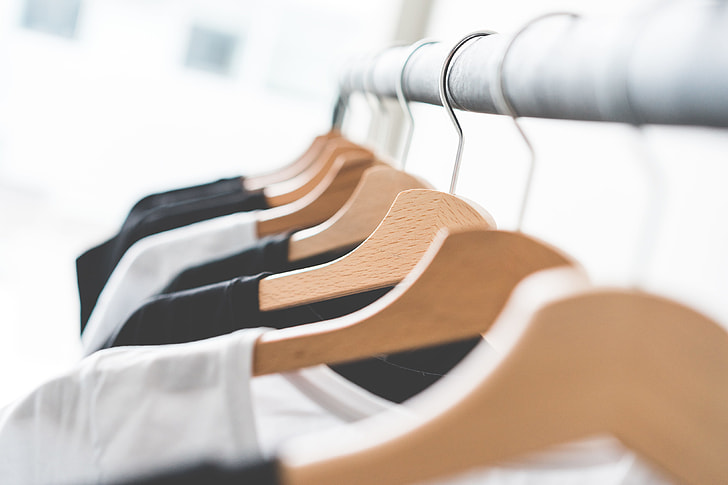The Decline of Clothing Retail: Fashion, the Pandemic, and Partnership
CategoriesProspect Analytics Dashboard
The apparel industry’s appeal has been dwindling for a while: “In 1977, clothing accounted for 6.2 percent of U.S. household spending.” (Bloomberg) Modern day levels are half that. Then, the pandemic started. The coronavirus accelerated already-perceivable trends in in-store shopping and office attire demand, like more casual dress codes and downward pressure on prices by fast fashion. As social distancing and self-isolation took hold, what started as a joke – sweatpants are the new office wear – now appears to have some staying power. Clothing retail stores are closing permanently; many companies have filed for bankruptcy, including Lord & Taylor, Men’s Wearhouse, Ann Taylor, Lane Bryant, Brooks Brothers, Lucky Brand to name a few. The collapse of that category has everyone asking if the pandemic is the death knell of the dress clothes industry.
By the Numbers
- “In April, clothing sales fell 79 percent in the United States, the largest dive on record.” (NYTimes)
- The U.S. generated 16.89 million tons of textile waste in 2017, with 11.2 million tons ending up in landfills, as demand fails to keep up with the pace of new fashion cycles and production. (EPA)
- Global fashion industry sales are expected to fall by 27 to 30 percent. (McKinsey)
- Online apparel sales were up 3.6 percent in July compared with 2020. (DigitalCommerce)
Impact on Partnerships
With consumers spending more conservatively and the need for work clothing diminished, it’s reasonable to wonder if traditional partnerships with clothing retailers and manufacturers are as viable (and valuable) as they once were. Even beyond that, looking at clothing brands that have mastered the online shopping experience, should your organization be eschewing clothing retailers altogether? Possibly. The sheer decline in sales and the shift in consumer demand makes such partners less appealing prospects in the short-term. The silver lining is that the pandemic offers the fashion industry a chance to reshape those characteristics that made it particularly susceptible to both the pandemic and changing public opinion – like sustainability and transparency issues. Those that successfully adapt may bounce back healthier than ever. On the other hand, some retailers with the right mix of qualities lucked into survival. Many direct-to-consumer brands, brands with strong online presence, brands with diverse product lines, non-luxury brands, and athleisure brands are still fair game for healthy partnerships in the coming months.









Leave a Comments